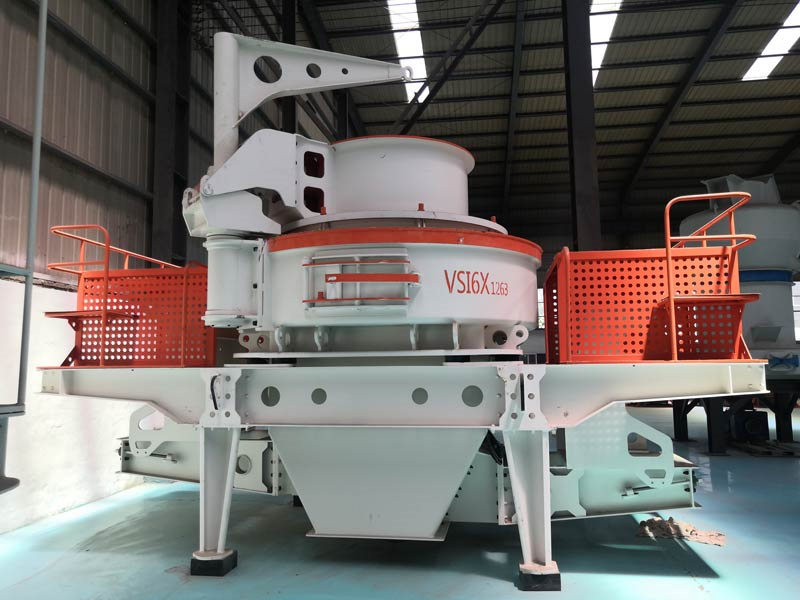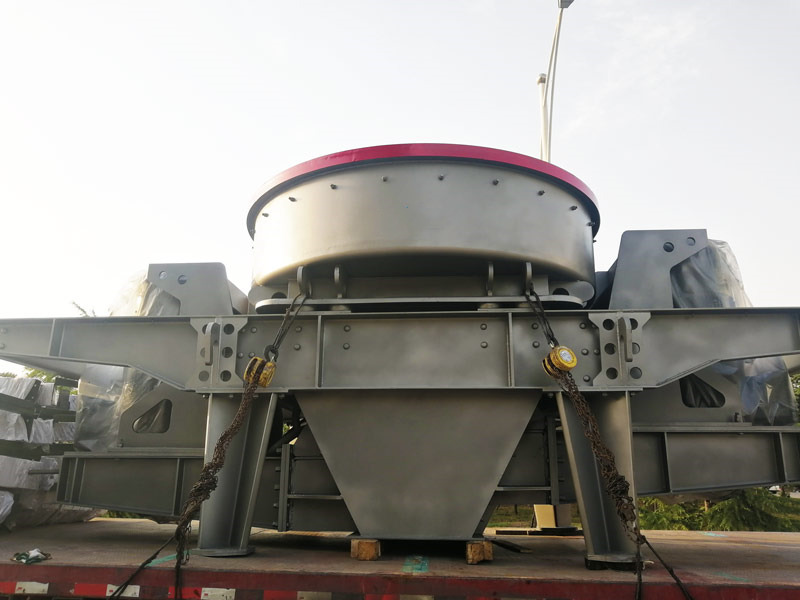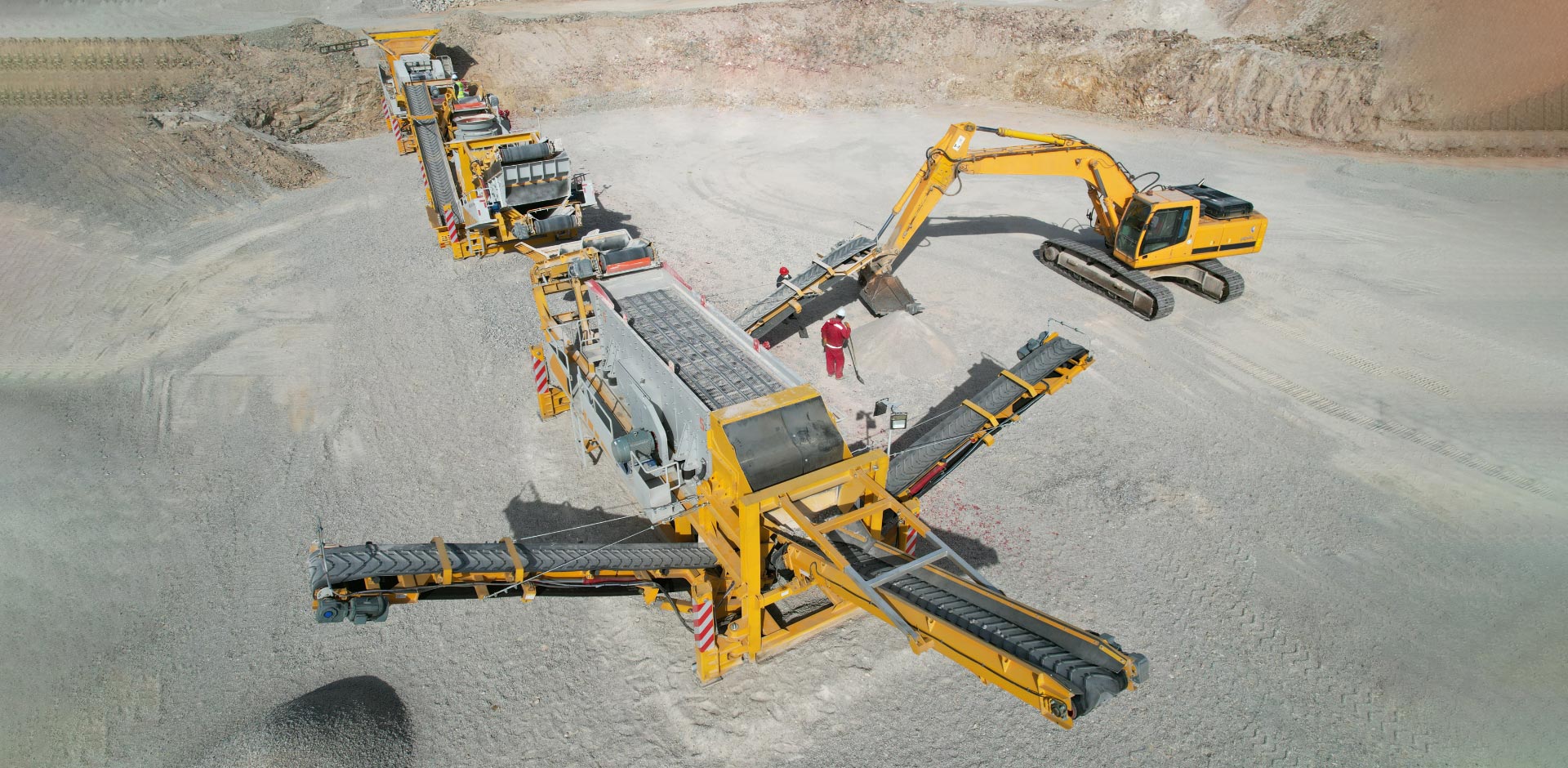The installation of a sand making machine, particularly a vertical shaft impactor type, requires careful planning to ensure smooth operations and minimal downtime. Whether you’re integrating it with a crusher machine for aggregate production or pairing it with a sand washing machine for final product refinement, proper scheduling is crucial for project efficiency. A well-structured installation plan helps avoid costly delays, ensures worker safety, and maximizes the machine’s performance from day one. This guide provides essential tips for planning the installation schedule of a sand making crusher machine, covering site preparation, equipment coordination, safety considerations, and post-installation testing.

Conduct a Thorough Site Assessment Before Installation
Before scheduling the installation of a sand making machine, it’s essential to evaluate the worksite thoroughly. The chosen location must have adequate space not only for the vertical shaft impactor itself but also for auxiliary equipment such as feeders, conveyors, and a sand washing machine. Check ground stability, accessibility for heavy machinery, and proximity to raw material sources. If the crusher machine is part of a larger production line, ensure that the layout allows for efficient material flow. Additionally, verify power supply availability, as sand making machines often require high-voltage connections. Addressing these factors in advance prevents last-minute adjustments that could delay the installation process.
Develop a Detailed Installation Timeline
A structured timeline is critical for coordinating the installation of a sand making crusher machine. Break down the process into key phases, such as foundation preparation, machine assembly, electrical and mechanical connections, and final testing. If the vertical shaft impactor is being installed alongside a crusher machine or sand washing machine, synchronize their installation schedules to avoid bottlenecks. Allocate sufficient time for each task, accounting for potential delays due to weather, equipment delivery, or workforce availability. A well-planned schedule ensures that all teams—mechanical, electrical, and civil—work in harmony, reducing idle time and improving efficiency.
Ensure Proper Foundation and Structural Support
The foundation is one of the most critical aspects of installing a sand making machine. Since vertical shaft impactors generate significant vibration during operation, the base must be reinforced with high-strength concrete and vibration-dampening materials. Consult the manufacturer’s specifications for foundation depth and load-bearing requirements. If the machine is installed on an elevated platform, ensure structural integrity to handle dynamic loads. Proper foundation work prevents long-term issues such as misalignment, excessive wear, or even structural failure, which can lead to costly repairs and production halts.
Coordinate Equipment Delivery and Handling Logistics
Timely delivery of the sand making crusher machine and related components is crucial for sticking to the installation schedule. Confirm shipment dates with suppliers and arrange for cranes or forklifts to unload heavy parts safely. If the installation site is remote or difficult to access, plan transportation routes in advance. Additionally, ensure that all necessary tools, bolts, and mounting hardware are available before assembly begins. Delays in equipment arrival or missing components can disrupt the entire installation timeline, leading to unnecessary downtime and increased labor costs.

Train Personnel on Installation and Safety Protocols
Installing a vertical shaft impactor or any heavy-duty crusher machine requires skilled technicians familiar with mechanical, electrical, and hydraulic systems. Before starting the installation, conduct training sessions covering assembly procedures, safety precautions, and emergency protocols. Workers should understand how to handle heavy components, operate lifting equipment, and follow lockout/tagout (LOTO) procedures when working with electrical connections. Proper training minimizes the risk of accidents and ensures that the installation proceeds smoothly without unnecessary interruptions.
Integrate Auxiliary Systems for Seamless Operation
A sand making machine rarely operates in isolation—it typically works in conjunction with feeders, conveyors, dust control systems, and a sand washing machine. When planning the installation, ensure that all auxiliary systems are correctly aligned and synchronized. For example, the discharge chute of the vertical shaft impactor should seamlessly connect to the feed hopper of the sand washing machine to prevent material spillage. Electrical control panels should be installed in accessible locations for easy monitoring and maintenance. Proper integration enhances operational efficiency and reduces the likelihood of mechanical failures.
Conduct Pre-Installation Checks and Test Runs
Before finalizing the installation, perform a series of pre-commissioning checks to verify that all components of the sand making crusher machine are correctly assembled. Inspect belts, bearings, lubrication systems, and electrical connections for proper alignment and tension. Conduct a no-load test run to ensure the vertical shaft impactor operates smoothly without unusual vibrations or noises. If the machine is part of a larger system, test its coordination with the crusher machine and sand washing machine to confirm seamless material flow. Identifying and resolving issues at this stage prevents operational disruptions later.
Schedule Post-Installation Maintenance and Performance Monitoring
Once the sand making machine is installed, establish a maintenance schedule to keep it running efficiently. Regular inspections of wear parts (such as rotor tips and anvils in a vertical shaft impactor) help maintain optimal performance. Additionally, monitor sand quality and production rates to ensure the machine meets expected output levels. If the system includes a sand washing machine, check water recycling systems and sediment removal efficiency periodically. Proactive maintenance extends equipment lifespan and prevents unexpected breakdowns that could derail production schedules.
Installing a sand making crusher machine, especially a vertical shaft impactor, demands meticulous planning to ensure efficiency, safety, and long-term reliability. From site assessment and foundation preparation to equipment coordination and personnel training, each step must be carefully scheduled to avoid delays and operational issues. By integrating the machine properly with auxiliary systems like a crusher machine and sand washing machine, operators can maximize productivity and produce high-quality sand for construction and industrial applications. Following these tips will help streamline the installation process, minimize downtime, and ensure that the sand making machine delivers optimal performance from the very first day of operation. A well-executed installation plan not only enhances production efficiency but also contributes to the overall success of any aggregate processing or sand manufacturing operation.
